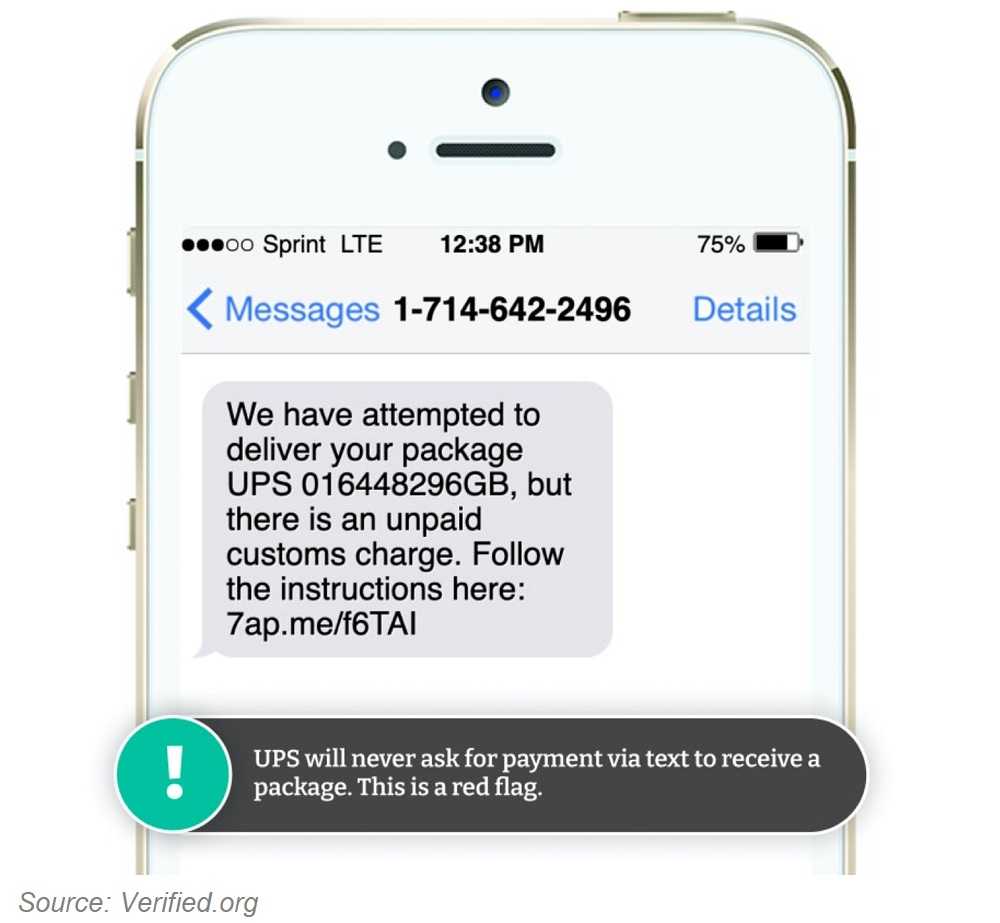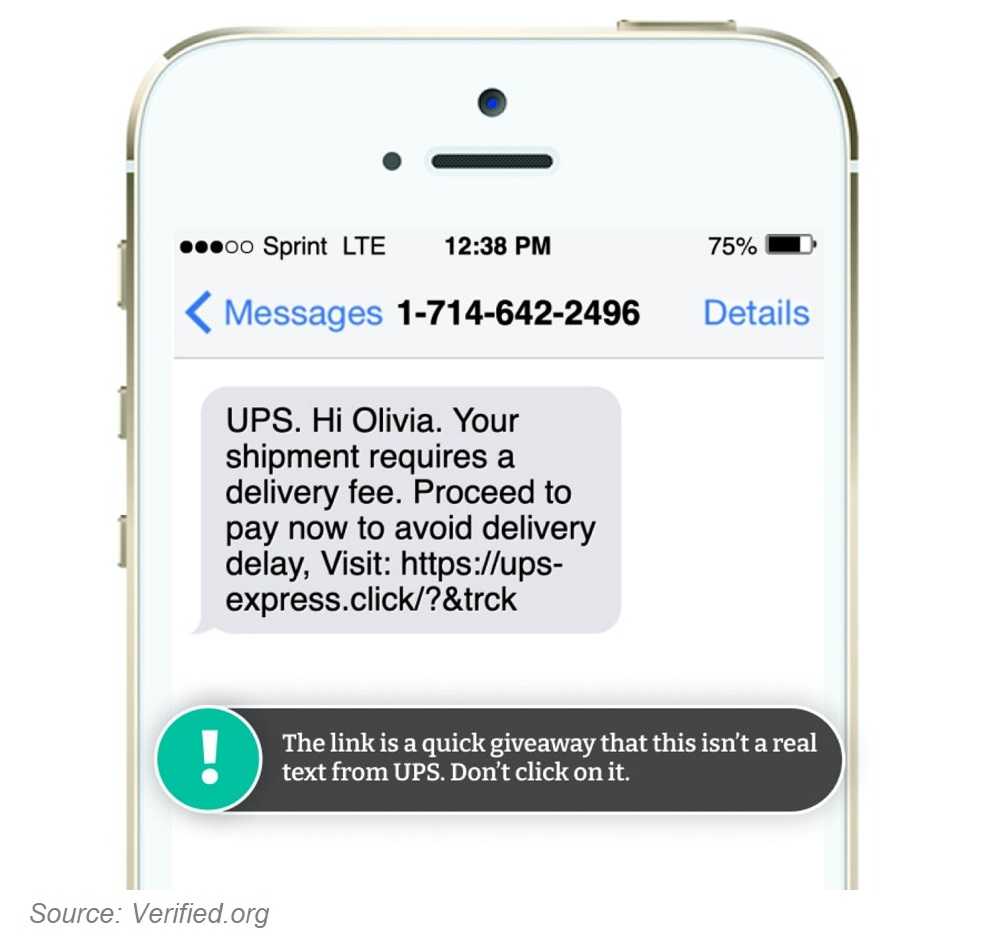With the popularity of online shopping, we all are getting packages delivered to our doors. Many seem to get something every couple of days. While waiting for a delivery from UPS recently, I went to track it so I’d know approximately when it was going to show up. While perusing the website for important information (or avoiding doing something else I should have been doing), I noticed there is an entire web page devoted to combatting fraud with regard to the shipment of UPS packages. So, I thought I’d share with you too, because frankly, these types of scams are happening more and more these days, and with the impending holiday shopping season nearly upon us, they will most definitely increase in volume.
UPS noted three common scams regarding its service and warned everyone to watch out for them.
Funds Required for Delivery: Only a very few packages actually require the recipient to pay to receive them. If you get one of these messages and certainly are not expecting to pay, you can likely ignore it. If you aren’t sure, go to the UPS website and put in the tracking number to find out if it’s true.

Account or Payment Info Requested: If you think you may need to make some kind of payment, log into your UPS account and check, or give them a call at a phone number you look up on your own. Don’t respond to texts or emails.
Payment Needed or is Overdue: While it’s reasonable that some payment may be needed if you have a UPS account or shipped a package using the online service, you won’t be asked to pay using a gift card or money order, or even cash. To pay an invoice, head over to the UPS Billing Center.

Sadly, phishing email scams are here to stay, and they are getting better and better at fooling us. Just remember that UPS will not “request payments, personal information, financial information, account numbers, IDs, passwords, or copies of invoices in an unsolicited manner through email, mail, phone, or fax or specifically in exchange for the transportation of goods or services.”
Now, there may be a time when UPS does send you an email with an “epackage” link. Those may be legitimate. They will always begin with https://ftp2.ups.com. If they don’t, delete them.
We’ve all probably seen the one come across in text that claims the driver is having a problem delivering a package. They conveniently send a link for you to update directions. Well, that’s actually shown as an example of a common fraudulent message on the UPS website.
The following are legitimate phone numbers, text IDs, and email addresses that UPS will use:
Phone Calls Will Come From:
1-833-242-1931
Texts Will Come From:
94601, 69877, 48515 or 52892
Emails Will Come From:
accountconfirm@ups.com, mcinfo@ups.com, pkginfo@ups.com, customer-notifications@ups.com, auto-notify@ups.com, emailinfo@ups.com, invoice-notification@ups.com, donotreply@ups.com, ups@emails.ups.com, ups@upsemail.com UPSAdministrationSupport@ups.com, or no.reply@upsbilling.ups.com
The signs of phishing are the same, no matter which shipping or delivery service you use.
Take a minute. Scammers rely on your panic, so they try to create urgency. Take the time to review the message, then review it again. If you don’t feel confident, don’t click.
Just don’t click. Legitimate UPS links will start with one of these: “https://www.ups.com,” “https://billing.ups.com,” "https://go.ups.com," or "http:/links4.upsemail.com."
Closely look at the details. Are there spelling or grammar errors? Is it using generic greetings, like “Sir or Madame?” Scammers will often use typos to trick you into clicking on the link, such as replacing the letter “L” with a “1.”
Report suspicious messages. Report fraud and scams to the Federal Trade Commission. There is a process to do this online. Your report is shared with 2,800 law enforcement agencies.
Delete and block fraudulent email and text messages. Do this, so you don’t accidentally interact with it later. It’s easy to get in a rush and accidentally click something…or find it later not remember that it’s a scam.
If it seems too good to be true… Well, assume it is.
Remember that even though a package is important to you, there is always enough time for you to investigate the above information before communicating with anyone. There is rarely a need to click any links. Just go to the UPS or other shipping company’s website.